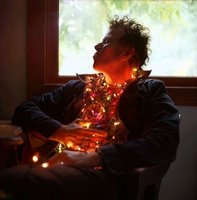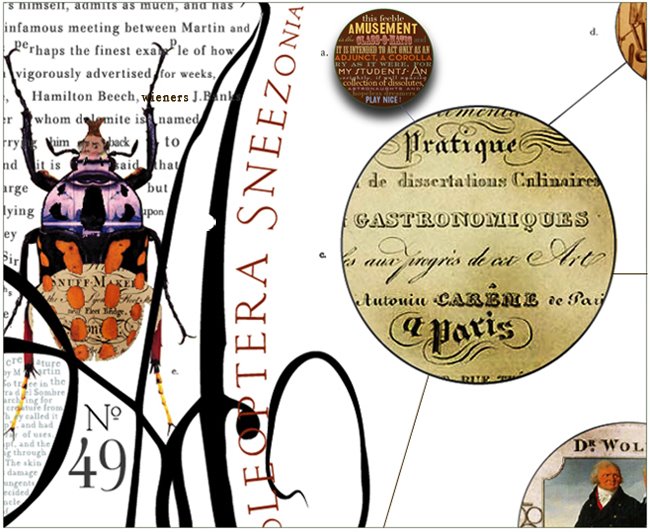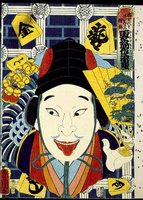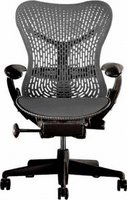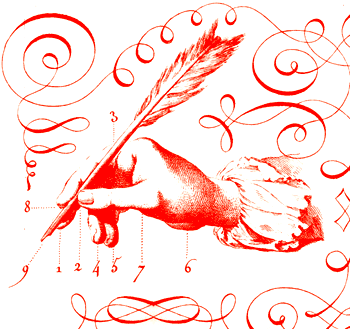Bauhaus renews Icon of Modernism DESSAU, Germany (Reuters) -- Spurned by the Nazis, rehabilitated by communists and now restored to its former splendor, the Bauhaus school in the eastern German town of Dessau has had a turbulent history.
DESSAU, Germany (Reuters) -- Spurned by the Nazis, rehabilitated by communists and now restored to its former splendor, the Bauhaus school in the eastern German town of Dessau has had a turbulent history.Like the Bauhaus movement itself, led by architects including Walter Gropius and Ludwig Mies van der Rohe, the building has fallen in and out of favor as tastes and fashions changed."Our aim is to put this building back up where it belongs," said Omar Akbar, director of the Bauhaus Dessau Foundation.
The Bauhaus was a prototype of modern architecture when it was built in 1926, breaking with tradition with its imposing flat-roofed, boxy structures. The glassy, four-storey facade of the building still looks contemporary today.
Fans of the late 1990s trend for urban loft living will feel at home among the untreated concrete surfaces, while anyone who has shopped at Swedish furniture superstore IKEA will find the plain and functional furniture and light-fittings familiar.
But 80 years ago the building, its teachers and its style were controversial, sparking a debate which lasted for decades.
"There is not just one story of the Bauhaus," said Walter Briggen, curator of a new exhibition on the history of the now fully restored school. "There is the good story and the bad one and both have to be told." Bauhaus, short for Staatliches Bauhaus or State Building School, refers both to the school in Dessau, 120 kilometers (75 miles) southwest of Berlin, and the style of architecture it came to be associated with.
Hostile governments
Gropius, who is credited with designing the building, believed that architecture should reflect the new developments in 20th century industry and technology. His vision comes to life in the Dessau building, through the use of copious amounts of glass, simple lines and the elimination of surface decoration.
The Bauhaus movement, which began in 1919, came up against resistance from state officials in its first home, Weimar, causing it to move to Dessau, which was governed by the more favorable Social Democrats.
Bauhaus flourished there until the Nazis forced the school's closure in 1932.
"The Nazis actually changed the flat roofs for a pitched roof as there was a need to destroy the legacy of the Bauhaus movement," said Johannes Bausch, one of the architects who worked on the restoration of the building.
The building itself was partially destroyed in World War II and, after initially being rejected by the communist government of East Germany, it was later rehabilitated by the authorities and has since been fully restored.
Colorful past
To anyone who thinks the Bauhaus movement was characterized by black-and-white color schemes, the building in Dessau will come as a surprise. As part of the restoration process, architects discovered the extent of the building's original color scheme."It was an incredibly subtle color palette and we have managed to win back that color," Bausch said.
Familiar only with 1920s black-and-white photographs of the building, the architects were surprised to discover that many of the walls had been painted. Computer imaging software allowed them to work out from the myriad of gray tones on the photographs what colors the walls were.
Now the main entrance doors are painted radiant red, the ceiling of the lecture theater is silver, and one of the walls of entrance hall is a dusky pink. "It is unbelievable the way that the white turns to blue or gray if the sun is shining in the right way," Bausch said. "I have been working here for five years and it is still wonderful when one sees the effect of the light on these colors."
Icon of modernism
Having completed the restoration, the Bauhaus foundation wanted to celebrate both its 80th birthday and the 10th anniversary of entering UNESCO's list of World Heritage sites. An exhibition entitled "Icon of Modernism" opened in the building this month. It runs until March 11, 2007. Housed in a former carpentry workshop on one of the upper floors, the exhibition is based around full-sized reproductions of parts of the building, displayed at a 5 degree angle to the building's axis and accompanied by photos and text. The exhibition charts the building's fortunes and explains the theory behind its industrial look, suggesting that one of the movement's most lasting legacies is its use of practical mass-produced components -- a triumph of function over form.
Gropius's masterpiece is urban, avant-garde and transparent and has become a true icon of modern design, the exhibition claims, and Akbar wishes it to remain that way. "My theory is that Modernism should not age," he said. "It must be kept new and kept modern and so we must also identify what it is that gives Modernism that sparkle."



www.bauhaus.de/english/bauhaus1919/index.htm
